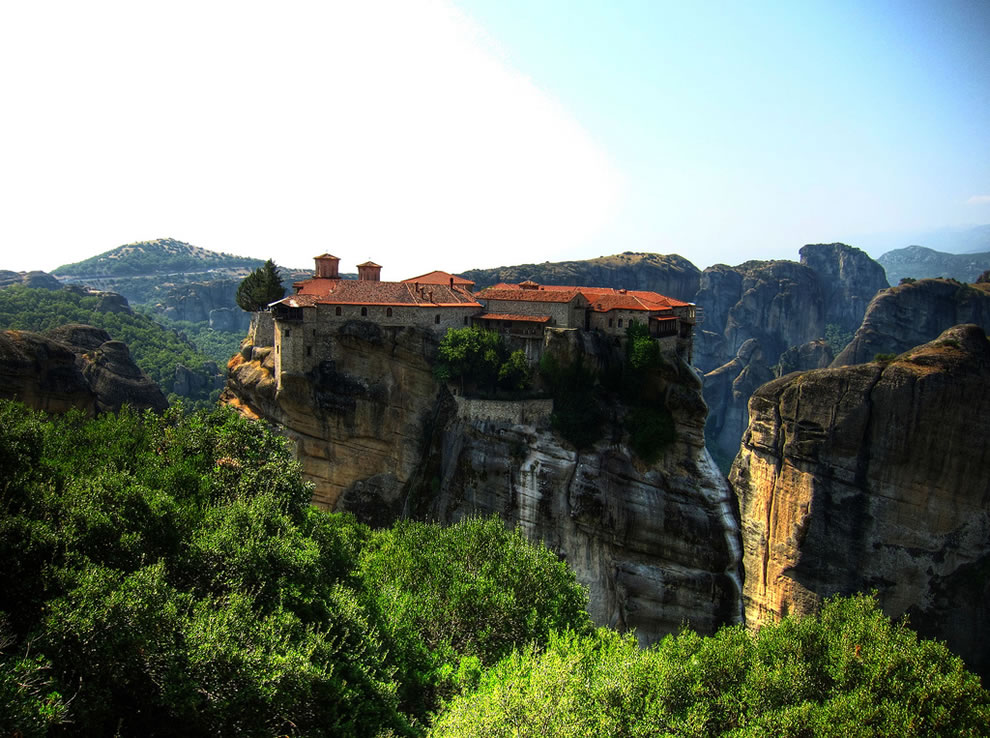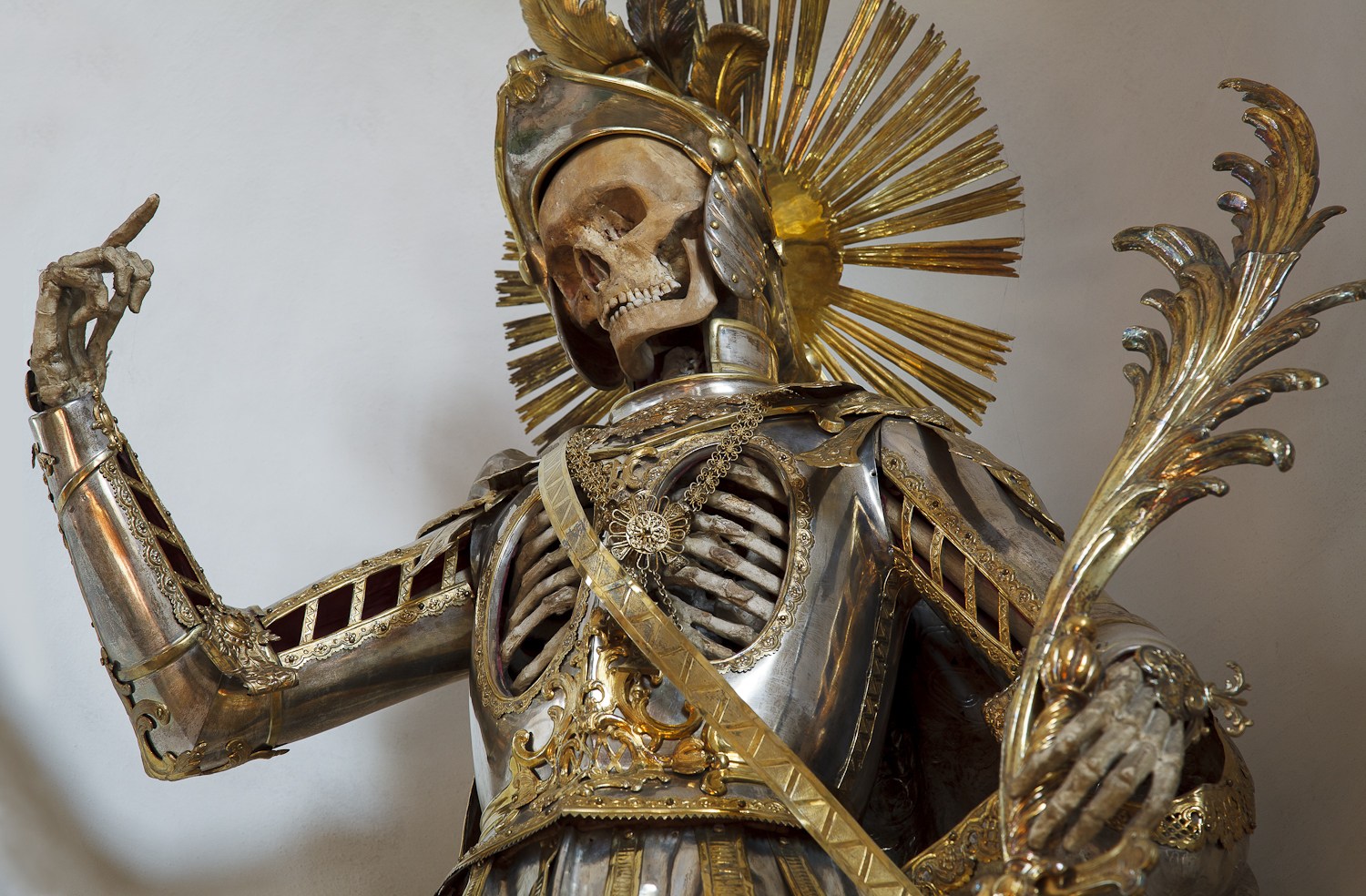Tomb of Manuel II
It is at the roof of the world that you will find our most sacred shrine, where His mortal remains rest. Standing alone, rising into the heavens above all else, even the stones of His tomb speak to the truth of His ascension.
Built to house both the physical remains of Manuel II Aristenos and the bloodstone Aulenor , which had been spirited away from Lapara during the persecution of Manuelism under the reign of Nikolaos Zenōn, the Tomb of Manuel II is situated in the remote foothills of the Mountains of Metsovo and sits atop a natural pillar of stone, defending it from traditional attack. It remained the center of the Cult of the Divine Manuel until its attack and ruin in 652AFE.
Purpose / Function
Entries
Denizens
The hilltop complex once housed the custodian order of the Keepers of Ascension, tasked with maintenance of the shrines, caring for faithful pilgrims and offering sacrifice to the Wills in thanks for leading Manuel II Aristenos into godhood, setting the way for all mortals.
With the sacking of the complex in the year 652AFE, its custodians were slain or forced to flee. After The Minters’ theft of Aulenor from the central reliquary, a host of shadow creatures, championed by a young dragon born in the Shadowlands, took possession of the citadel.
It was the actions of The Four that cleared the complex of its otherworldly inhabitants and rendered the sanctuary, for the first time in its nearly 500-year history, uninhabited.
Architecture
History
Construction of the tomb complex began in 163AFE, and the bodily remains were placed in the unfinished structure four years later. With the completion of the housing quarters in 184AFE, the keepers moved in, completing the structure in 195AFE. The bloodstone Aulenor was housed in the tomb the following year. Following its completion, the citadel stood in quiet silence apart from the tumultuous concerns of the age.
In 652AFE, however, the silence was broken when a group of bandits affiliated with The Minters stormed the cliffside stairs and took control of the monastery, throwing its inhabitants over the cliffs. Breaking into the lower reaches of the tomb, they removed Aulenor from its reliquary and carried it away. The rhodionite crystal situated deep in the structure erupted into an uncontrolled ways portal, linking the material world with the Shadowlands. The entire complex was overrun by creatures emerging from the dark portal, and the majority of those Minters who stayed behind were slaughtered, leaving only a few survivors in the guesthouses of the surface levels.
The Four, returning Aulenor to its rightful place in the tomb, were granted the favor of the Divine Manuel in exchange for destroying the creatures that inhabited the tomb and closing the portal. After these events, the physical remains of the basileus disintegrated into a pile of dust and the bloodstone ceased its activity.
652
The Manuelist Heresy
The Tomb of Manuel II is a central holy site of the Cult of the Divine Manuel, formally declared a heresy by the Triumthelite church for its open worship of the deceased basileus, whom they claim ascended to godhood upon leaving his mortal body behind.
The Divine Manuel
The sickly Manuel II Aristenos was devoted to the worship of the gods in his early life, but was overcome by his illness by the time he ascended to the throne. He accomplished little before dying, and most historians consider his year-long reign to be a prelude to his regent, Dimitrios the Great's, reign.





Comments